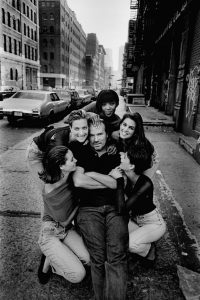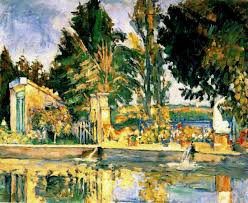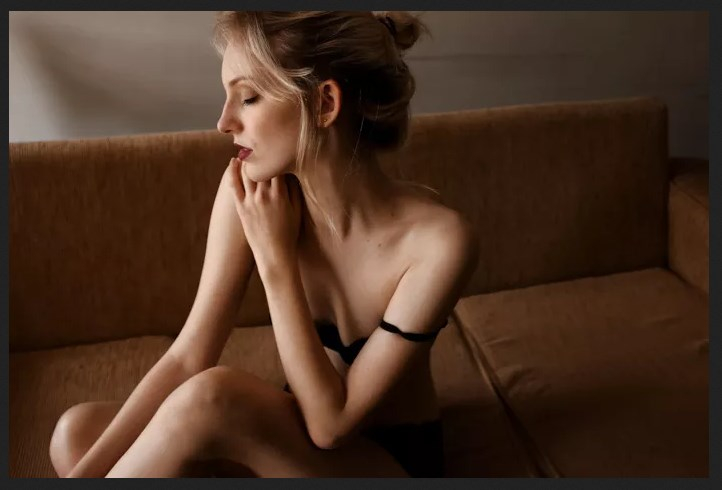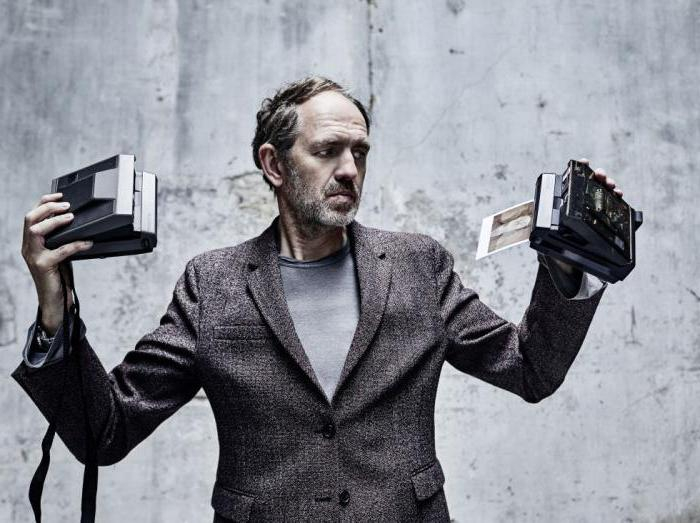creative
PETER LINDBERG – BEAUTY PROMOTIONAL WITHOUT RETOUSH
 The legendary photographer of the fashion industry was born on November 23, 1944 in the Polish city of Leszno. Soon after the birth of the child, the family moved to western Germany. Peter’s childhood passed in Duisburg. This port city left a big mark in the soul of the photographer. Lindbergh grew up, observing a certain harmony and coexistence of industrial areas and unspoiled natural landscapes. Later this will be reflected in his work.
The legendary photographer of the fashion industry was born on November 23, 1944 in the Polish city of Leszno. Soon after the birth of the child, the family moved to western Germany. Peter’s childhood passed in Duisburg. This port city left a big mark in the soul of the photographer. Lindbergh grew up, observing a certain harmony and coexistence of industrial areas and unspoiled natural landscapes. Later this will be reflected in his work.
Peter is interested in painting, he attends an art school, and after that, enters the Krefeld Institute of Arts. He manages to participate in art exhibitions with his artwork. Gradually, the young man’s interest switches to photography, and in 1971 Lindbergh got his first camera. He starts off as an assistant photographer Hans Lux. After 2 years, he moved to Dusseldorf and received the status of an independent photographer. Continue reading
HOW TO OBTAIN BEST RESULTS BY REMOVING AN ULTRA-WIDE ANGLE LENS
 Today, most consumer DSLR lens kits are wide-angle. The 18 mm lens on the APS-C sensor camera (or 27 mm on the old 35 mm) is wide enough for most cases. Ultra-wide-angle lenses are characterized in that their focal length is less than 16 mm. It is here that new creative possibilities and new obstacles open up.
Today, most consumer DSLR lens kits are wide-angle. The 18 mm lens on the APS-C sensor camera (or 27 mm on the old 35 mm) is wide enough for most cases. Ultra-wide-angle lenses are characterized in that their focal length is less than 16 mm. It is here that new creative possibilities and new obstacles open up.
On crop sensor lenses, a focal length of 30-35 mm provides what we call the “normal” field of view, which is roughly equivalent to what the human eye sees. At 18 mm the field of view is almost two times wider, so it is possible to place many objects in the frame. At 12 mm you will again get 50% of the field of view, which is already very far from the “normal” – in this case, you need to turn your head to capture all the details. Continue reading




